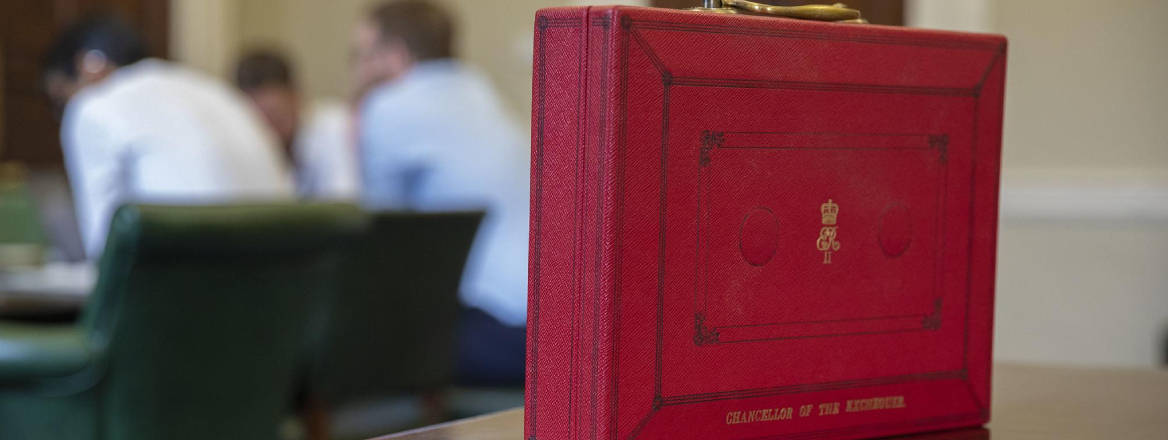A Reckoning Postponed? The Defence Arithmetic of the Integrated Review
The coronavirus pandemic has jeopardised the UK's planned Comprehensive Spending Review. While an interim review might seem justified, key decisions on major defence projects cannot be postponed for long.
The government’s decision to abandon its plans for a multi-year Comprehensive Spending Review (CSR) has thrown its plans for the Integrated Review into disarray. For Defence, this will be especially costly, as key decisions on long-term defence priorities may now have to wait until a full CSR, in 2021 or 2022.
Meanwhile, the world of external threats, force development and contractual obligations will not stand still. The pressures on the defence programme remain relentless, driven by the increased importance attached to major power competition, and by the government’s commitment to play a more active global military role. The MoD’s Integrated Operating Concept has added to this pressure through its calls for the military to make fuller use of its capabilities in ongoing operations, with an associated increase in spending on logistical support and heightened readiness.
The need for hard decisions is especially relevant in relation to what are likely to be two of the government’s largest procurement programmes of the next decade and beyond: the Future Combat Air System and the Future Nuclear Warhead System.
There will be a temptation to delay key decisions on these two programmes until the Integrated Review that follows the next general election. But this would risk an extended period of planning blight, in which capabilities atrophy and timetables for deployment of the resulting systems slip into the 2040s. If the aerospace industry and the Atomic Weapons Establishment are, respectively, to deliver the first new combat aircraft and new nuclear warhead into operational service before 2040, a lot of development work will need to be done within the next five years.
The UK’s largest defence programmes are some of the biggest and most complex capital programmes conducted by government, rivalled in size and challenge only by those for major transport infrastructure. Their technological complexity, together with the changing nature of requirements over time, typically leads to large increases in costs over initial estimates, as well as significant delays. To have the best chance of tackling these issues, the government needs to set clear requirements at an early stage, invest in resolving key design questions before moving to full development, and then ensure that sufficient resources are available to take the programmes to completion over the next decades.
WRITTEN BY
Malcolm Chalmers
Former Deputy Director General, RUSI


